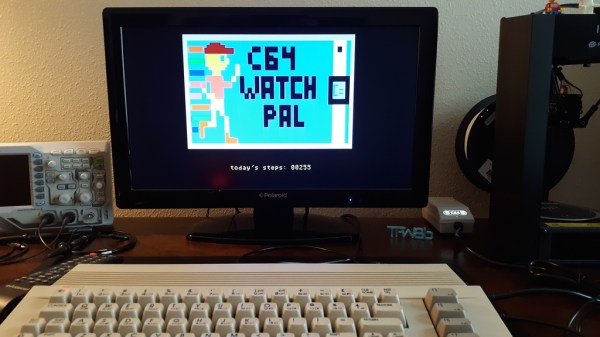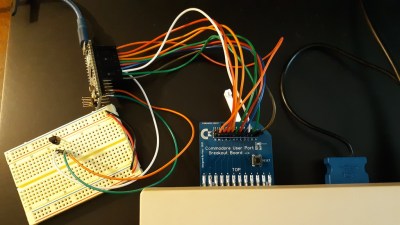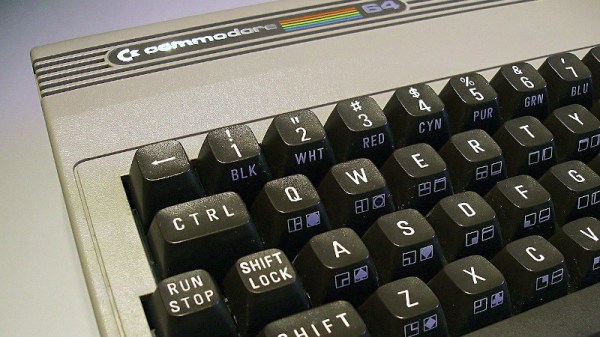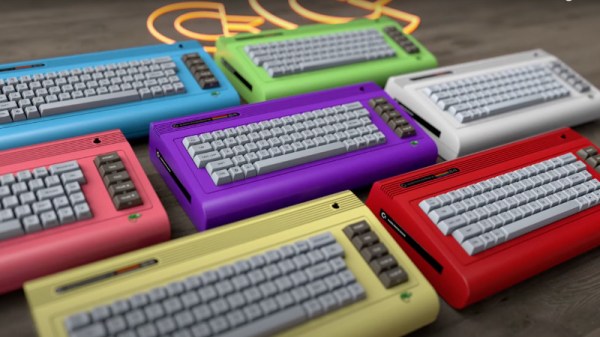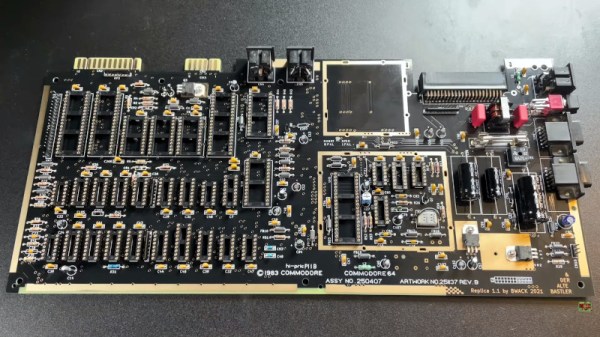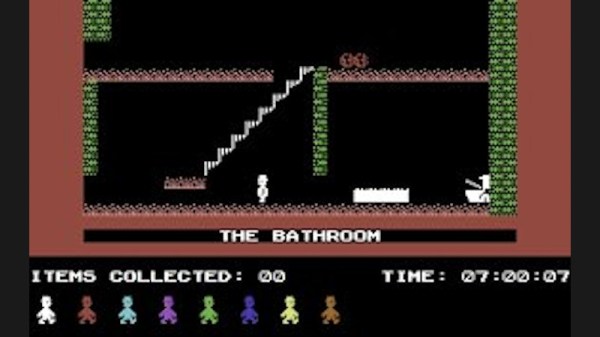The theremin is popular for its eerie sound output and its non-contact playing style. While they’re typically built using analog hardware, [Linus Åkesson] decided to make one using the venerable Commodore 64.
The instrument works by measuring the capacitance between its two antennas and the Earth. As these capacitances are changed by a human waving their hands around near the respective pitch and volume antennas, the theremin responds by changing the pitch and volume of its output.
In this case, the humble 555 is pressed into service. It runs as an oscillator, with its frequency varying depending on the user’s hand position. There’s one each for pitch and volume, naturally, using a clamp and spoon as antennas. The C64 then reads the frequency the 555s are oscillating at, and then converts these into pitch and volume data to be fed to the SID audio chip.
[Linus Åkesson] demonstrates the build ably by performing a slow rendition of Amazing Grace. The SID synthesizer chip in the C64 does a passable job emulating a theremin, used here with a modulated pulse wave sound. It’s an impressive build and one we fully expect to see at a big chiptune show sooner rather than later. We’re almost surprised nobody came out with a C64 Theremin cartridge back in the day.
We’ve seen other fancy theremin-inspired builds recently too, like this light-based design.
Continue reading “C64 Turned Theremin With A Handful Of Parts”


